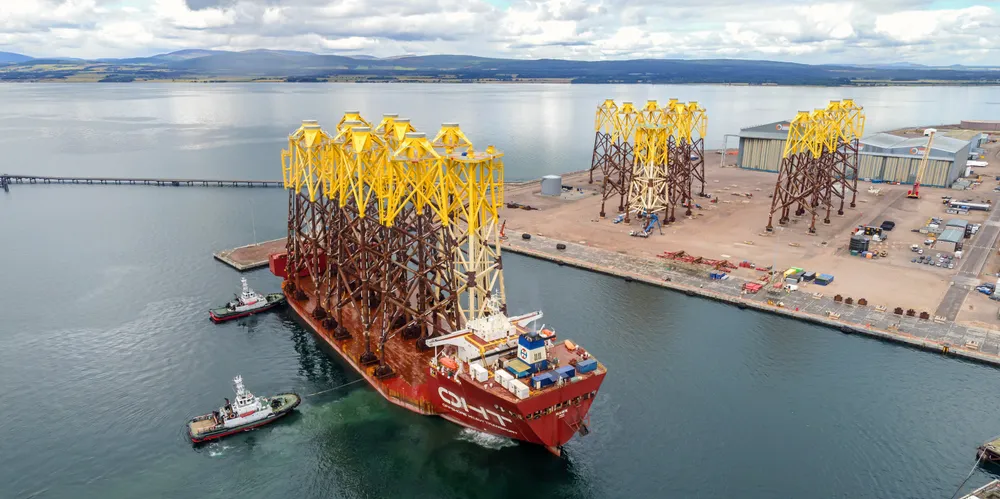Industy calls for 'all port' aid as Scotland names first green freeports for offshore wind drive
Government trumpets energy transition progress with winning Inverness & Cromarty Firth and Forth bids but sector voices need for wider backing to underpin supply chain development for vast construction campaign
